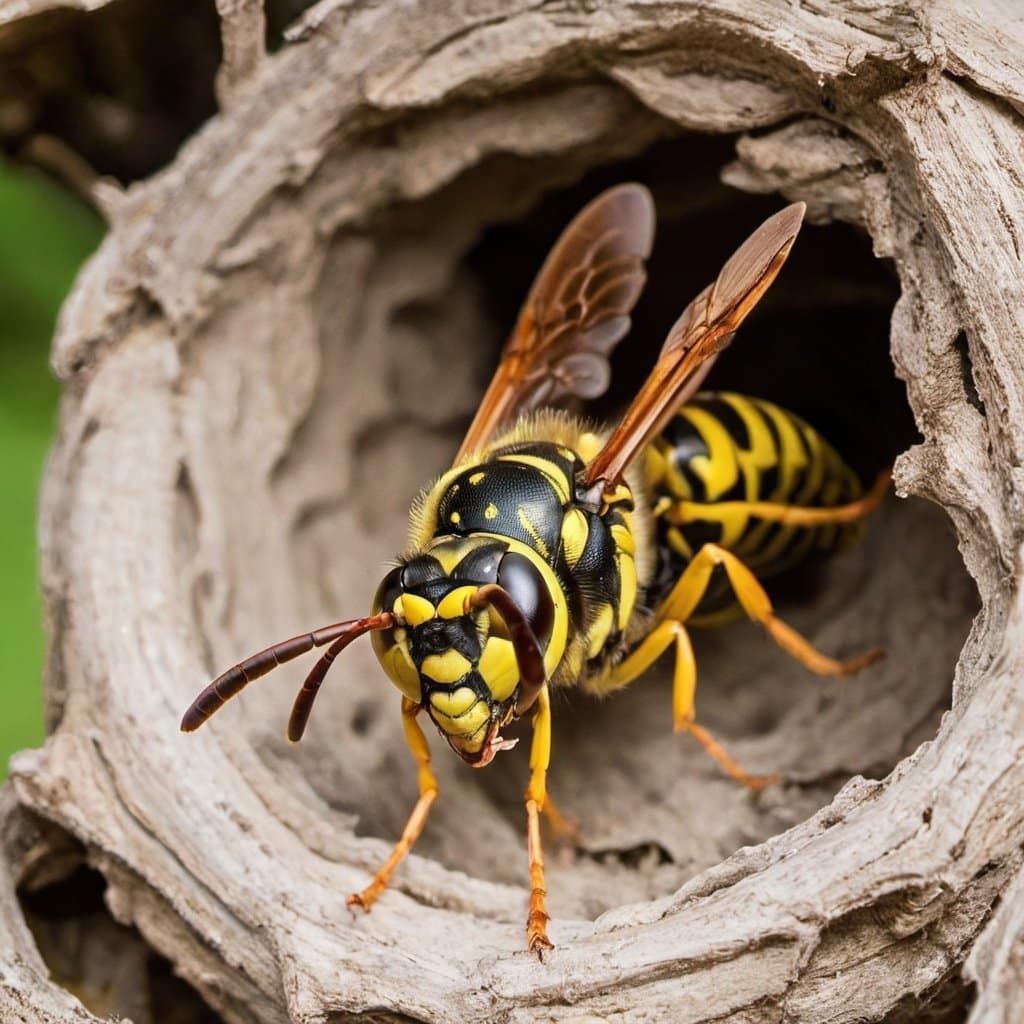Nature has a way of making sure that everything reproduces. Some species work independently, and some work together. Animal reproduction is usually independent, but flowers require bees or some other organism to cross pollinate them. Figs are an interesting one. If you’ve ever wondered how wasps pollinate figs, The female wasp will enter the male fruit, lay her eggs and pick up pollen. She will then enter the female fruit to deposit more eggs pollinating the figs. This is where the story gets unfortunate for the wasp.
If you looked at a fig tree through out its life cycle, you would notice that it never has flowers or blossoms. This is because the male and female reproductive parts are all contained inside the fruit. The fruit is actually an inward bundle of these flowers. And each fig tree species has a specific wasp species that are capable of pollinating it.
TYPES OF FIGS
There are 700 varieties of figs in the world. Of those varieties, we can separate them into four groups: common, Caprifigs, Smyrna and San Pedro. Common figs do not need help pollinating themselves. Caprifigs are small non edible fruit that only carry the male parts of the fig tree. These Caprifigs pollinate the last two types of figs, the Smyrna and San Pedro.
The Smyrna have large edible fruit, if they are pollinated. If these fruit are not pollinated, then they shrivel and die before getting large. San Pedro figs produce two crops per season. The first crop don’t require any pollination. They ripen on last seasons growth in the early spring. The second crop do require pollination from the caprifigs. Called the main crop, they grow off of the current season’s growth.
THE PROCESS
At the end of every fruit, you will find a small opening called a ostiole. Its here that the wasp enters the fruit. The fig will emit an aroma that the wasps are attracted to when they are ready for pollination. A female wasp will begin the process by entering the caprifig and laying her eggs. The interior of the caprifig is conducive to laying eggs. Of these eggs, the males will hatch first. They will mate with the females before they leave the fruit. The males are much smaller and wingless. After mating, the males will create a hole to exit the fruit and die.
The females, once fertilized, will use the exit holes made by the males to leave the fruit. She will go in search of a new fruit in which to lay her eggs. She will hopefully find a caprifig first to lay her eggs. But regardless, she will have pollen from the last fruit that she was in. Inevitably, the female will find a female fruit. When entering the ostiole, she will find the entice too small for her. In the midst of her struggle, her wings will rip off. Once inside the fruit, she will find that there is no place to lay her eggs. With no escape, she will die inside the fruit. But the female fruit will be pollinated by the pollen on the wasp. This is how wasps pollinate figs.
WHAT ABOUT THE DEAD WASP?
The common myth is that you can eat a fig from the store and it has a dead wasp in it. While it is true that a wasp had to die to pollinate the fruit you are eating, the likelihood of a wasp carcass being still in your fruit is not likely. These figs contain an enzyme call ficin, which breaks down the body of the dead wasp. So you can continue to enjoy your fig newtons.
If you are in need of an exterminator, we are here to help. Contact Us at TermMax Pest Control for a free estimate!


